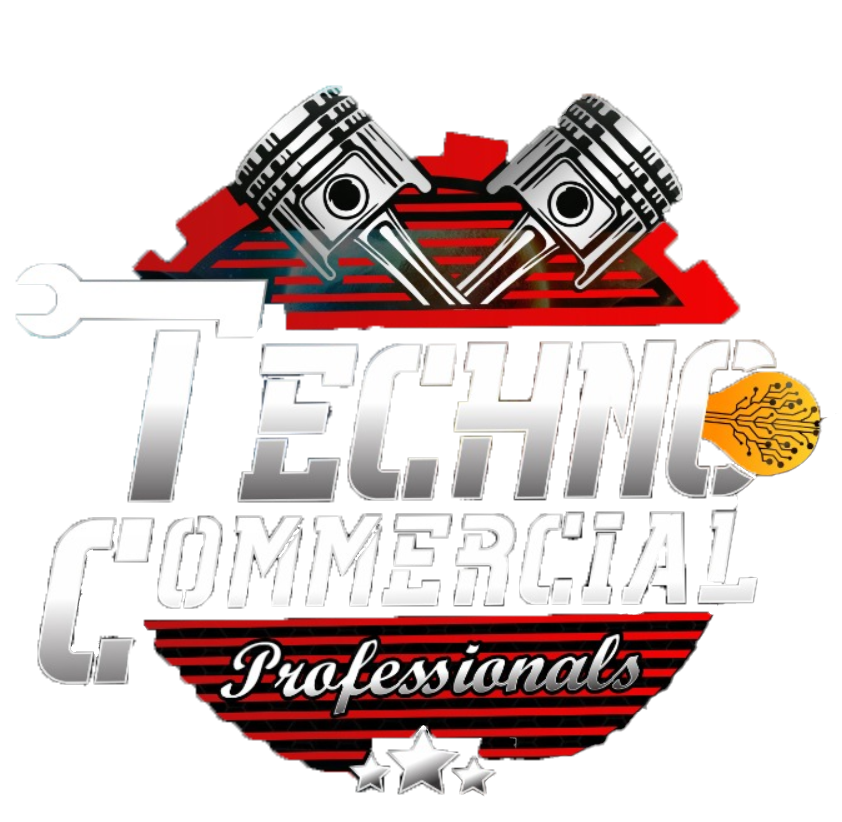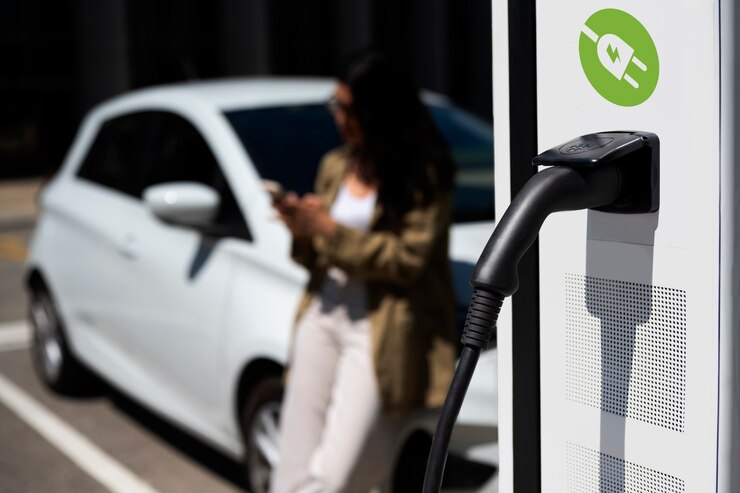
In today’s fast-changing manufacturing industry, professionals who possess both technical expertise and commercial knowledge are becoming indispensable. These professionals referred to as Techno-Commercial professionals, help bridge the gap between technical and commercial skills, making them essential to the success of manufacturing organizations.
A Techno-Commercial professional is someone who possesses a strong foundation in technical skills, combined with a deep understanding of business principles. They are proficient at analyzing market trends, evaluating product viability, and making informed decisions that align with both technical feasibility and commercial viability. These professionals serve as the focal point between engineering teams, sales departments, and upper management, ensuring that projects are not only feasible from a technical standpoint but also profitable from a business perspective.
Whether you have a technical background in engineering or a business background in finance, marketing, or supply chain management, you can become a Techno-Commercial role with the right skill set and mindset. The key is to cultivate a deep understanding of both technical and commercial knowledge with a guarantee of success in your respective domains.
The scope for growth as a Techno-Commercial professional is vast and ever-expanding. With the rapid advancement of technology and the increasingly competitive nature of the manufacturing industry, companies are relying more than ever on Techno-Commercial professionals to drive innovation and growth. These professionals are not only instrumental in product development and project management but also play a crucial role in identifying new market opportunities, optimizing processes, and fostering strategic partnerships.
The manufacturing industry offers a pool of job opportunities for Techno-Commercial professionals. From roles in product management, business development, and sales engineering to project management, supply chain management, and consulting, the possibilities are endless. Moreover, with the rise of Industry 4.0 and the integration of technologies like AI, IoT, and automation, the demand for Techno-Commercial professionals is only expected to increase in the coming years.
Techno-commercial professionals are the driving force behind innovation and growth in the manufacturing industry. With their unique blend of technical and commercial skills, they are well-equipped to navigate the complexities of today’s business landscape and drive success for their organizations.

















